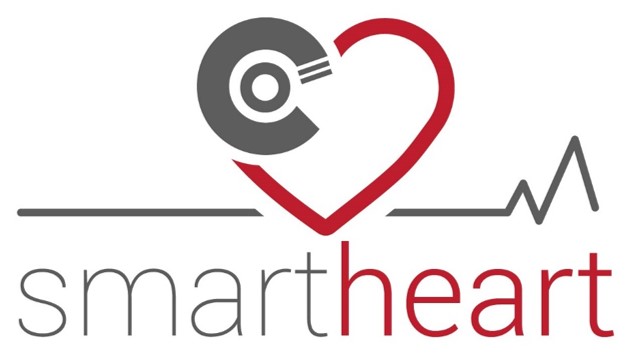Summary
The vision for our research programme is to pave the way for a fundamentally different approach in which cardiovascular diseases (CVD) are diagnosed, monitored and treated: We propose to develop a diagnosis-driven “smart Magnetic Resonance (MR) scanner” that it is no longer a mere imaging device but instead becomes a highly sophisticated diagnostic tool. The output of a patient scan with the proposed smart MR scanner will not be just an image, but instead a comprehensive diagnostic assessment and interpretation of the patient’s cardiovascular health/disease, enabling optimal treatment decisions for best patient outcome.
The current approach to cardiovascular MR imaging (cMRI) is essentially serial: image acquisition is followed by image analysis and clinical interpretation. In addition, cardiac/respiratory motion is currently resulting in long scanning times for cMRI, with only a small fraction of the data (10-20%) being used for image reconstruction. This leads to breath-holds that are difficult to tolerate by sick patients. Furthermore, the characterization of clinically relevant tissue parameters requires the acquisition of multiple images which is inefficient. The absolute quantification of tissue parameters also remains a major technical challenge, leading to difficulties in interpreting tissue contrast parameters across scanners, clinical centres and patient populations. Finally, the objective interpretation of comprehensive, multi-parametric cMRI in the context of other complex non-imaging data is highly challenging for clinicians.
We propose a transformative approach in which acquisition, analysis and interpretation are tightly coupled, with feedback between the different stages in order to optimize the overall objective: Extracting clinically useful information. Developing such an integrated approach to cardiac imaging will enable rapid, continuous and comprehensive imaging that is both simpler and more efficient than current practice, eliminating “dead time” between separate specialized acquisitions and allowing extraction of multiple dynamic as well as tissue contrast parameters simultaneously.
